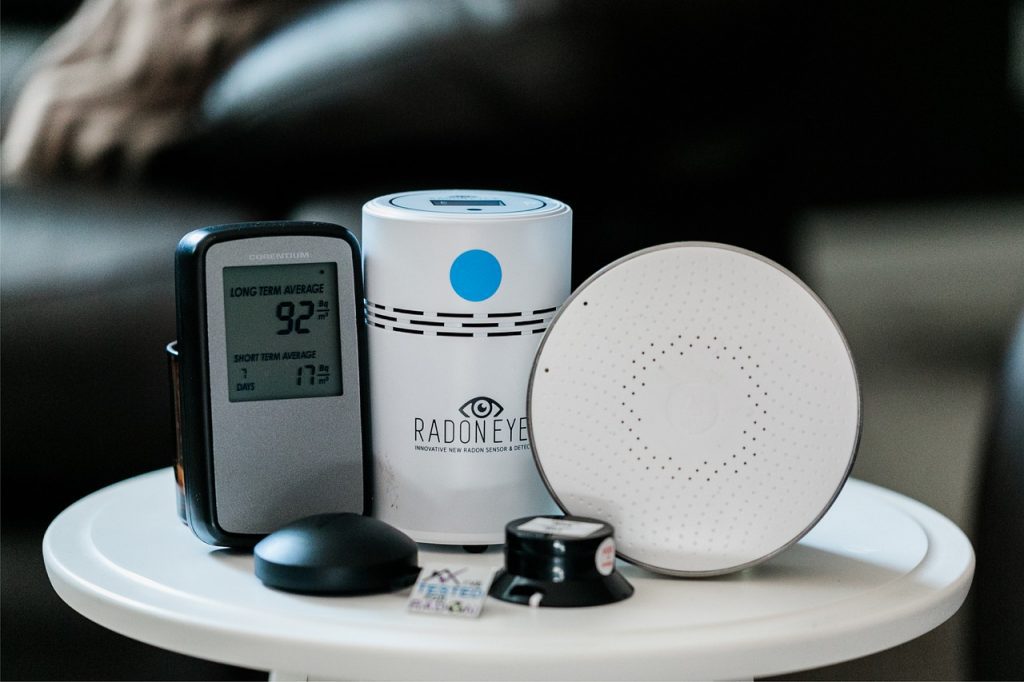Are you a home inspector looking for indoor air quality home inspector insurance. Inspectors who offer indoor air quality testing during home inspections and are covered by E&O insurance have a better chance of landing the inspection job.
Indoor Air Quality Home Inspector Insurance
What is Indoor Air Quality Testing?
Indoor air quality testing is a way to search the air in your home for any harmful substances. If you suspect that there might be any issues with the quality of the air in your home, getting an indoor air quality test would be highly recommended. The quality of the air in your home could be cause for concern for the health and well-being of the residents. Indoor air quality testing can test for specific substances and pollutants. The only way to know whether the air in your home that you are breathing is contaminated and at what level is by testing the air. Home inspectors that offer indoor air quality testing as part of their services are more and more in demand.

What are Common Issues That Home Inspectors Uncover with Indoor Air Quality Testing?

Some of the causes of these issues may include stale or stuffy air, dirty central heating or air conditioning equipment, damaged chimneys, unventilated combustion air sources for fossil fuel appliances such as gas stoves or fireplaces, leaking pipes, poor circulation, and excessive humidity within the home. These are all issues that the home inspectors might find when doing an indoor air quality test.
How does a Home Inspector Get Certified in Indoor Air Quality Testing?
There are several ways to become a certified indoor air quality inspector. One way is to join InterNACHI (International Association of Certified Home Inspectors) if you are not already a member. After becoming a member, you will need to complete InterNACHI’s Certified Professional Inspector CPI requirements. After fulfilling the requirements, you will need to complete InterNACHI’s free, online Indoor Air Quality for Inspectors Course. Some other places where you can get the indoor air quality testing certification are EPAtest.com, there is a study manual available for free, and the test will cost $24.95 to take, and UL environment.
What Additional Home Inspector Insurance Do You Need If You Test Indoor Air Quality?
In addition to General Liability and Errors & Omissions, you should also include a mold/indoor air quality sampling coverage on your E&O policy. Contact us for more information about indoor air quality insurance and additional coverages.
